How Dashcam Footage Can Completely Change Your Car Accident Claim
In the aftermath of a car accident, establishing who was at fault often comes down to conflicting stories and limited evidence. But what if there was an impartial witness that captured every detail of the collision? Dashcam video evidence has emerged as a game-changer in California car accident claims over the past five years, with recent studies showing a remarkable 27% drop in disputed claims when dashcam footage is available.
From identifying hit-and-run drivers to disproving false accusations, dashcams are revolutionizing how accident claims are processed and settled. This silent witness can mean the difference between a denied claim and full compensation, between lengthy litigation and swift resolution.
What exactly is a dashcam?
A dashcam is a compact video recording device installed in vehicles to continuously capture footage of the road and sometimes the vehicle's interior. These cameras serve as impartial witnesses during accidents, providing objective evidence for insurance claims and legal proceedings. Typically mounted on the dashboard or windshield, dashcams record in a loop, automatically saving footage when impacts are detected.
Key features and benefits include:
- Continuous recording that overwrites older footage as new video is captured
- Automatic activation when the vehicle starts or stops
- Impact detection that preserves footage from before and after an accident
- Objective documentation of traffic signals, road conditions, and driver behaviors
- Evidence for establishing fault in collisions and supporting injury claims
- Protection against fraud and assistance in hit-and-run cases
Importance of evidence in a car accident claim
Car accident claims often involve contested accounts of what actually happened, making objective evidence crucial for establishing liability and securing fair compensation.
Key aspects of evidence in car accident claims:
- Common disputes include disagreements over traffic signal status, right-of-way violations, improper lane changes, and hit-and-run incidents where drivers deny involvement
- Traditional evidence sources typically rely on witness statements, police reports, and physical damage assessments - all potentially subjective or incomplete
- Objective evidence importance cannot be overstated, as it establishes clear liability, speeds up insurance claims processing, and often leads to faster, more favorable settlements
- Dashcam advantages include providing an impartial "eyewitness" account that can definitively resolve conflicting testimonies, identify fleeing drivers, confirm signal status, and even disprove fraudulent claims
- Real-world impact shows that when confronted with clear video evidence, opposing parties (and their insurers) often quickly concede liability, withdraw false claims, or settle rather than pursue lengthy litigation
Real-life examples: dashcams making a difference
Dashcams have proven their worth in numerous real-world situations, demonstrating their crucial role in providing objective evidence and resolving disputes. In Los Angeles, dashcam footage helped resolve a collision dispute when two drivers each blamed the other for running a red light, with the video clearly establishing fault and expediting the insurance claim process.
Similarly, in New York City, a parked car owner's dashcam captured a hit-and-run incident, recording the license plate of the fleeing vehicle and enabling police to track down the culprit.
In London, dashcam evidence exposed a staged accident fraud attempt where drivers deliberately caused collisions to make false injury claims. Beyond accident documentation, dashcams have recorded road rage incidents in Chicago that led to prosecution of aggressive drivers, and have aided law enforcement in Australia by capturing evidence of dangerous driving that resulted in arrests, potentially preventing future accidents. These examples highlight how dashcams serve not just as safety devices but as impartial witnesses that ensure justice and accountability on the roads.
What insurance companies think about dashcams
Currently, no insurance companies in the United States offer direct premium discounts specifically for having a dashcam installed in your vehicle, unlike in some other countries where such incentives exist. But, insurance companies still recognize the value dashcams provide as evidence in claims processing. While not directly reducing premiums, dashcams can indirectly benefit policyholders by helping establish fault in accidents, capturing hit-and-run incidents, and documenting events when your vehicle is parked unattended.
Insurance adjusters often appreciate the clear video evidence dashcams provide, which can expedite claims processing and ensure fair outcomes when disputes arise. Some vehicle manufacturers, including Tesla and BMW, have already integrated surveillance camera systems into their newer models, suggesting the technology's growing importance in the automotive and insurance industries.
Legal implications of dashcam footage
Dashcam footage has become increasingly significant in legal proceedings related to vehicle accidents, offering objective visual evidence that can substantially influence case outcomes. For footage to be admissible in court, it must meet specific legal standards including relevance to the case, reliability of the recording, and proper authentication to verify its authenticity.
Key considerations include:
- Admissibility requirements - Courts generally accept dashcam evidence when it's relevant to the case, has verifiable timestamps, hasn't been tampered with, and can be properly authenticated by the person presenting it
- Privacy considerations - Drivers must navigate varying state laws regarding recording, with many states requiring one-party consent for audio recordings, while others may have stricter requirements that could impact admissibility
- Settlement influence - Insurance companies often expedite claims when presented with clear dashcam evidence showing fault, potentially leading to faster and more favorable settlements
- Strategic usage - Preserving footage in its original state is crucial, as any alterations could render it inadmissible and undermine its evidentiary value
- Fraud prevention - Dashcam recordings serve as powerful tools against staged accidents and fraudulent claims, protecting innocent drivers from false accusations
When using dashcam evidence, consulting with an attorney familiar with local jurisdiction requirements is advisable to ensure proper handling and maximum legal benefit.
Tips on Using a Dashcam Effectively
To maximize the benefits of your dashcam investment, proper selection, installation, and maintenance are essential for capturing quality footage when you need it most. When choosing a dashcam, consider video resolution (1080p is sufficient for everyday use, while 4K provides better detail for capturing license plates), storage capacity (128GB-256GB microSD cards for high-resolution recording), and additional features like cloud backup. Power supply options include 12V auxiliary outlets (simplest but leaves visible cables), USB ports (may not work when engine is off), and hardwiring to the fuse box (ideal for parking mode features but more complex).
Key considerations include:
- Optimal placement - Mount front-facing cameras behind the rearview mirror for the best view without obstructing driver vision, while rear cameras should be installed at the top of the rear windshield away from defrosters and tinting
- Professional cable management - Conceal wires along the headliner, down the A-pillar (avoiding airbag interference), and under the dashboard for a clean installation that prevents loose cables from becoming hazards
- Testing and calibration - After installation, verify the camera captures the proper 60/40 ratio of road and sky, ensure GPS functionality works correctly, and calibrate motion detection settings to avoid false triggers
- Maintenance protocols - Regularly check microSD card functionality, keep firmware updated, and periodically inspect camera mounts and connections
- Footage preservation - Back up important recordings promptly to prevent loop recording from overwriting critical evidence
With proper selection, installation, and maintenance, your dashcam will serve as a reliable witness when incidents occur.
What to do if you have dashcam footage after an accident
After an accident, your dashcam footage serves as a vital piece of evidence that requires immediate and careful handling to preserve its value for your case. The first priority is securing this evidence before it's potentially overwritten by your dashcam's loop recording feature, followed by strategic sharing with appropriate parties while maintaining its integrity.
Essential steps include:
- Preserve the evidence immediately - Transfer the original footage to multiple secure locations such as external drives and cloud storage, being careful not to edit or alter it in any way that could compromise its admissibility
- Consult with an attorney first - Before sharing footage with anyone, obtain legal advice to understand how the footage can best support your case and avoid potential pitfalls
- Share strategically - Provide copies (never the original) to your attorney, insurance company, and if necessary, law enforcement, using proper channels that document the chain of custody
- Maintain confidentiality - Avoid posting footage on social media or sharing it with uninvolved parties, as public distribution could potentially undermine your claim or violate privacy laws
- Document context - Note the exact date, time, and circumstances surrounding the footage to help establish its relevance and reliability if used in court
By following these steps, you maximize the effectiveness of your dashcam evidence while protecting yourself from potential complications that could arise from improper handling.

What Happens If You're Partially At Fault in an Accident
After an accident, one of the first worries people often have is: “What if I was partly to blame? Does that mean I can’t recover anything?” read more

Think Before You Post: How Social Media Can Hurt Your Accident Claim
Sharing accident updates on social media may feel harmless—but insurance companies and defense attorneys can use your posts against you. Learn why posting after an accident is risky and how to protect your personal injury claim. read more

Why Shiganian Law is the Top Personal Injury Firm in Sherman Oaks and Encino
Shiganian Law delivers expert personal injury representation with a proven track record. Led by Isabel Shiganian, we offer personalized service, direct communication, and results-driven advocacy. No fee unless we win. read more

Hidden Injuries That Can Arise After a Car Accident — and What to Do Next
Learn about hidden injuries that can arise after a car accident. Comprehensive guide covering injury types, injury settlements, and steps to take after an accident. read more

Bitten But Blamed? How Insurance Companies Shift Fault in Dog Bite Claims
Discover how insurance companies shift blame in dog bite claims, the legal protections for victims in California, and steps to defend against unfair accusations. read more

What Is Considered a Catastrophic Injury in Personal Injury Law?
Understand catastrophic injuries in personal injury law - definitions, impacts, causes, and why specialized legal help is crucial for securing proper compensation. read more
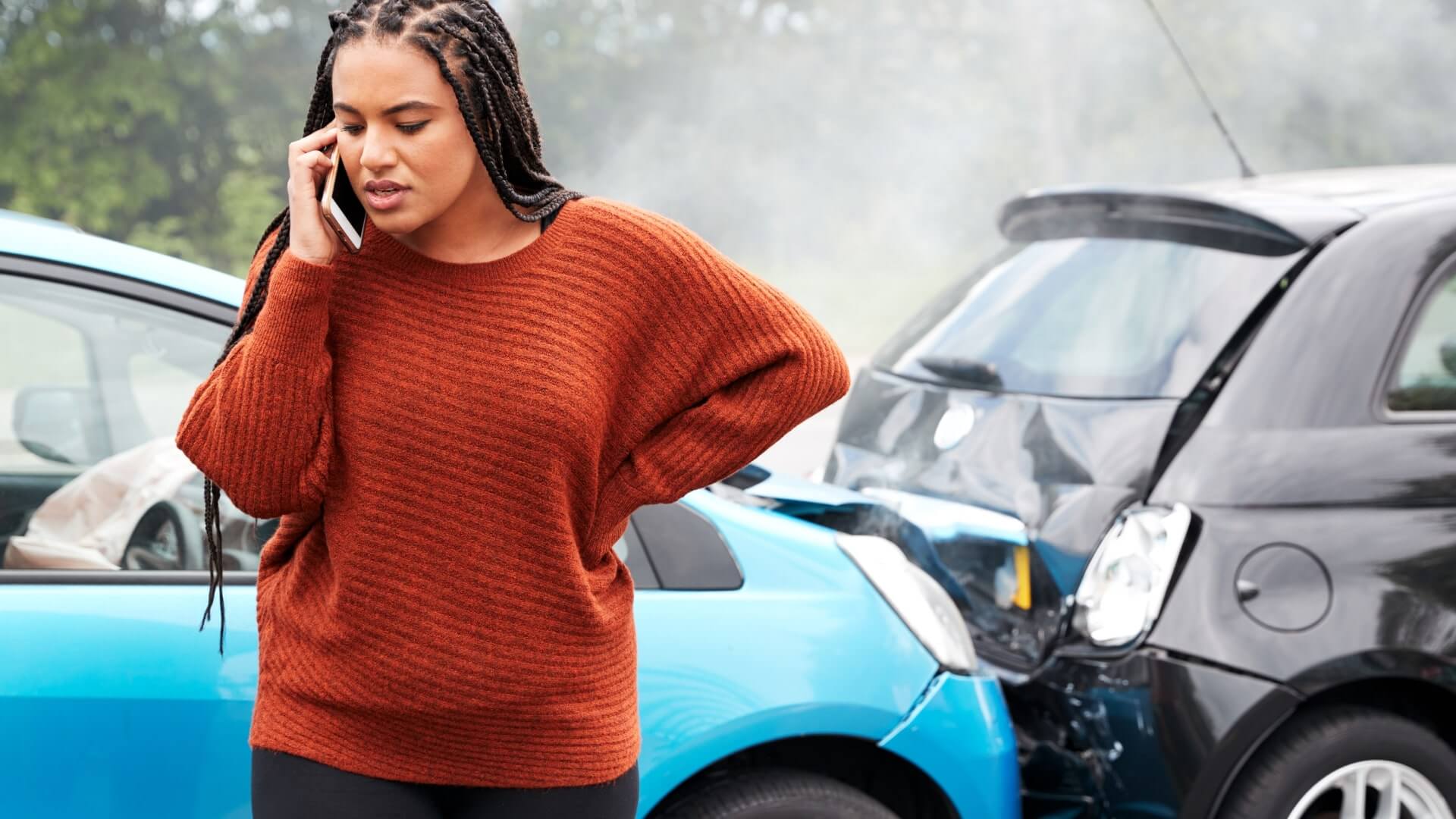
The Biggest Mistakes People Make After an Accident Causing Personal Injury
Discover the critical mistakes people make after injuries that can damage their compensation claims and learn how to avoid these costly errors. read more

Financial Struggles After Accidents: Recovery & Legal Options
Explore the financial impact of injuries, from medical debt to lost wages. Learn legal options, coping strategies, and support for recovery stability. read more

Emotional Trauma After an Accident: Understanding Your Rights and Recovery
Discover how emotional trauma after accidents affects mental health and daily life. Learn about your legal rights and the recovery journey to healing and compensation. read more

Motorcycle Accidents: Types of Injuries, Settlements, and Your Rights
Learn about motorcycle accident causes, safety tips, and legal rights. Comprehensive guide covering injury types, injury settlements, and steps to take after an accident. read more
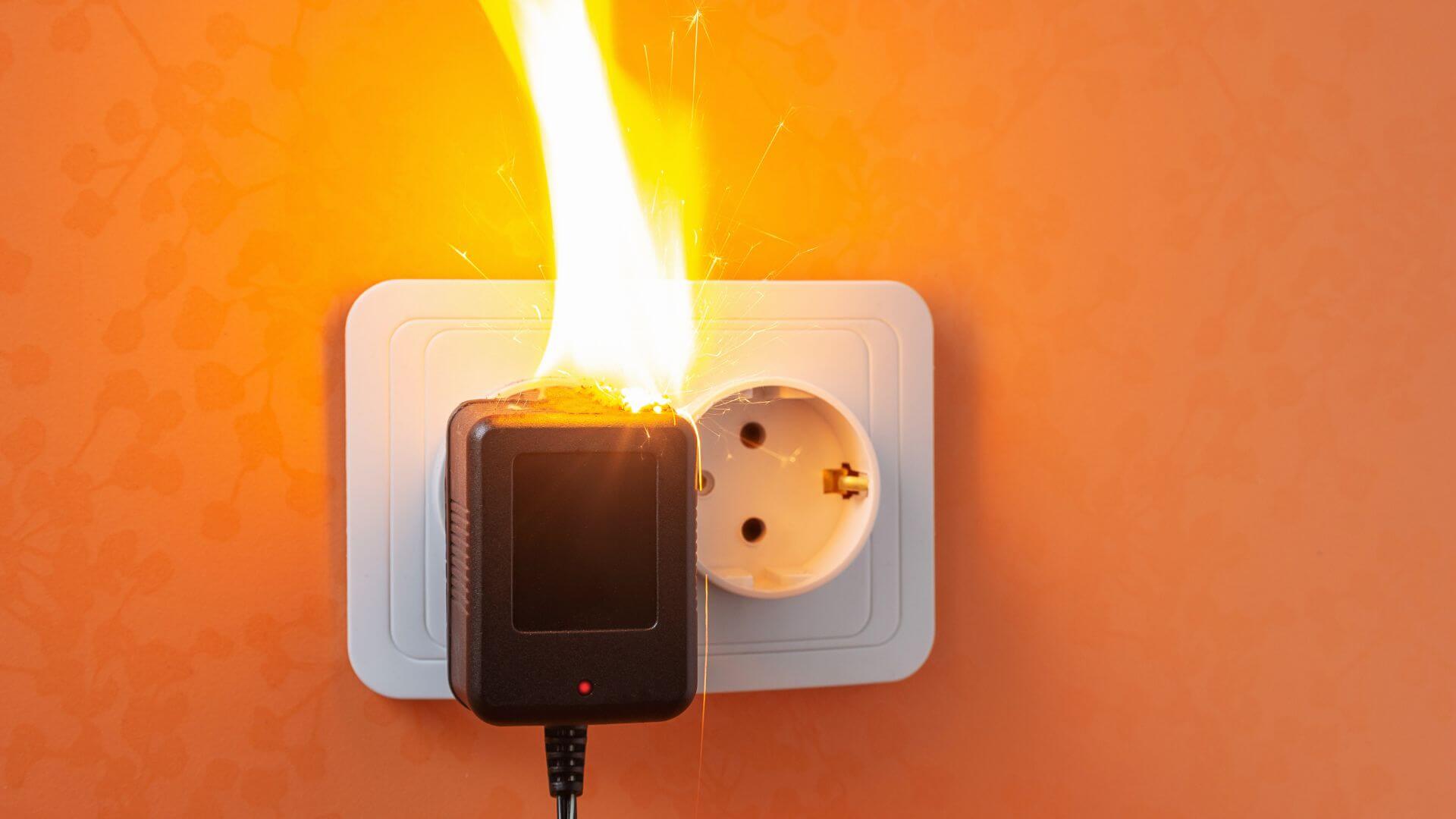
Product Liability in California: Protecting Consumer Rights
Learn about California product liability law, including types of defects, liable parties, and compensation available for injuries caused by defective products. read more
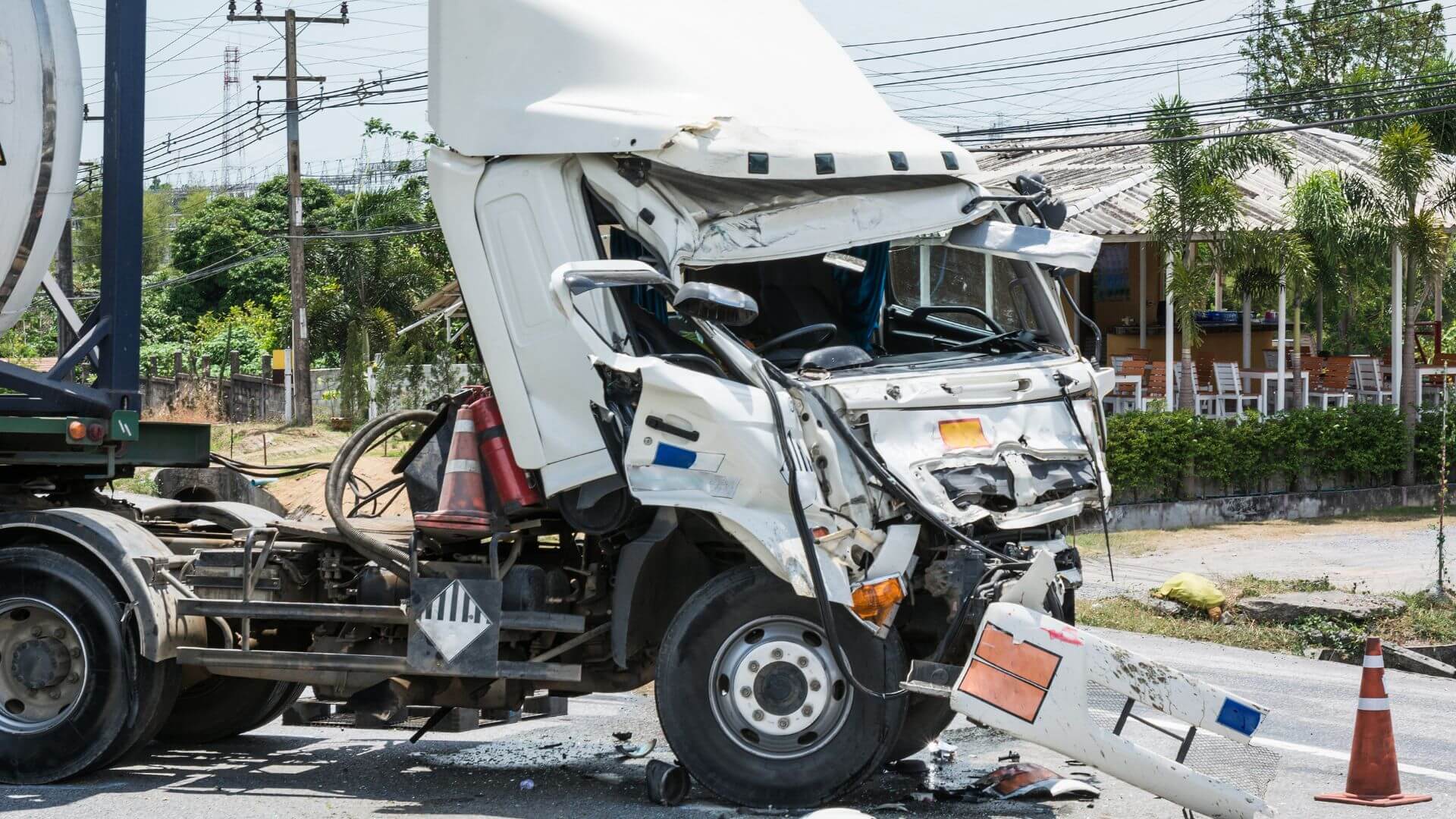
What Does a California Truck Accident Lawyer Do?
Learn how an experienced California truck accident lawyer can help maximize your compensation through expert investigation, evidence preservation, and strategic negotiation. read more
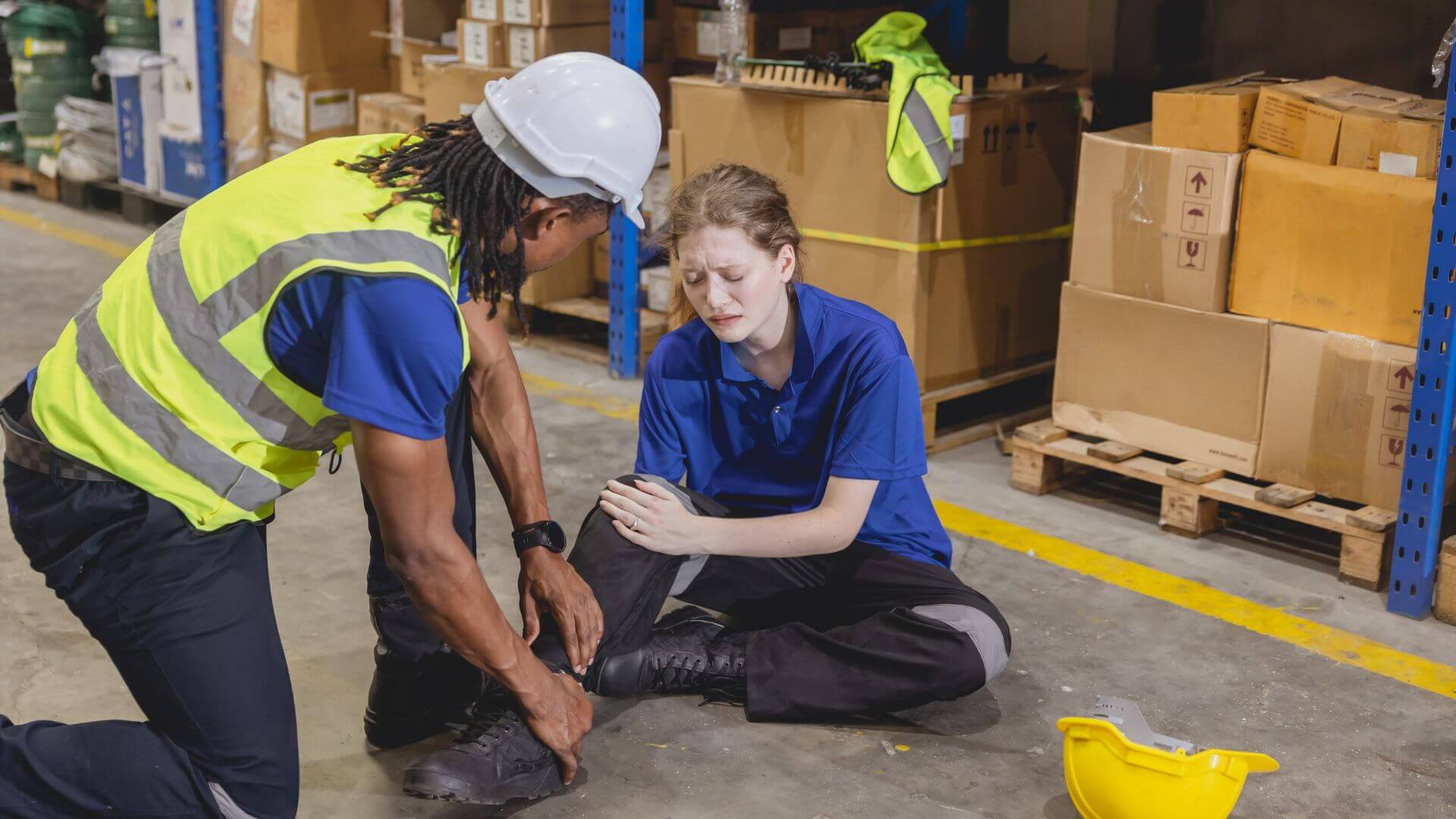
What is Premises Liability Law: Responsibility, Examples, and Common Types
Imagine walking through a quiet shopping center, enjoying a peaceful afternoon, when suddenly a wild Canadian goose darts out, knocking you over and fracturing your hip. It may sound far-fetched... read more
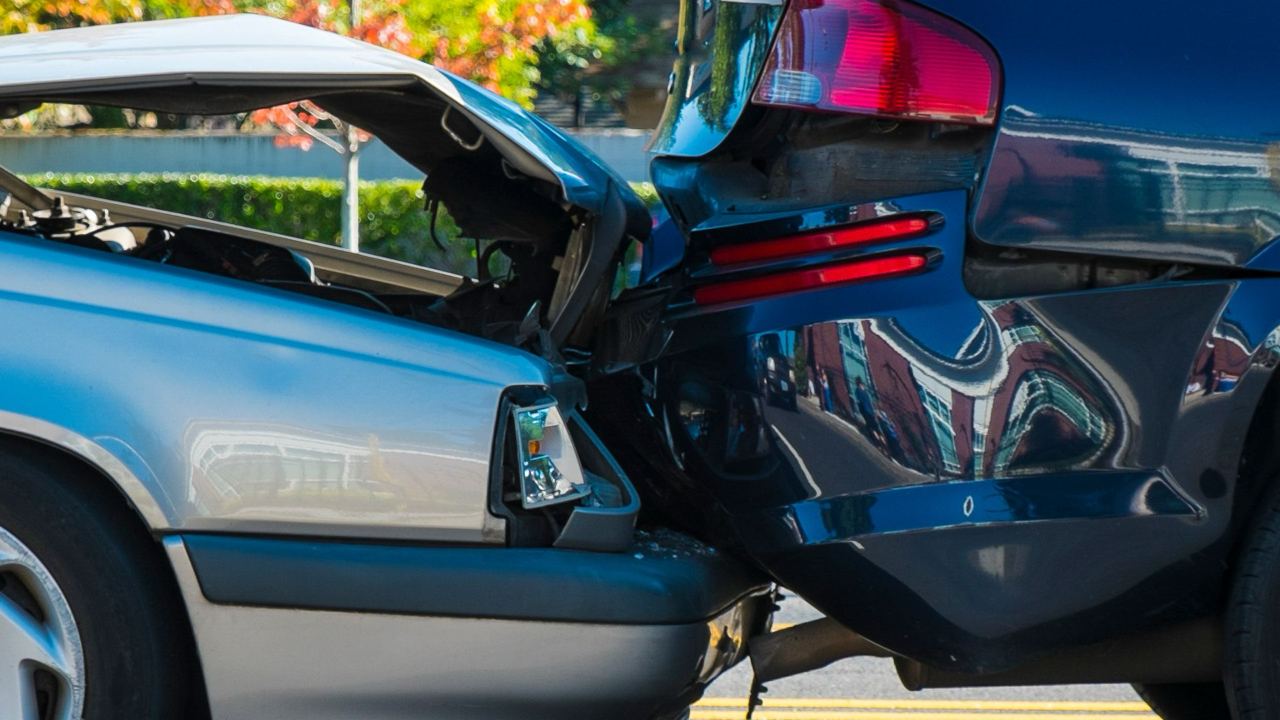
What to Do if You’ve Been in a California Car Accident?
If you’ve been in a car accident, you might be overwhelmed with the experience and what to do next. Your priority is your safety and health, and if you have been injured, getting the support you need to recover. read more
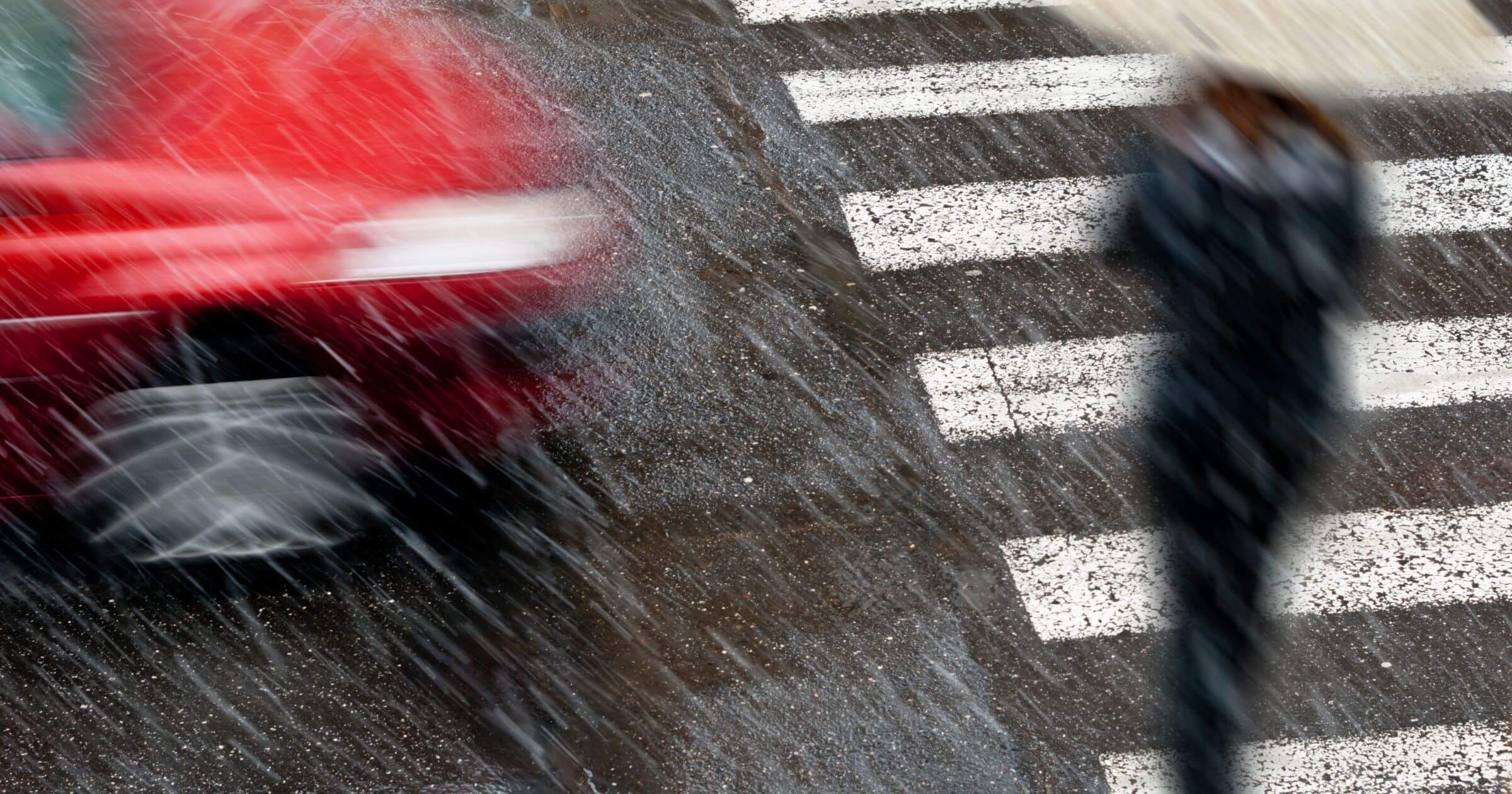
How long does it take to settle a pedestrian accident in California
When estimating the duration of a pedestrian accident settlement, it's important to consider all the factors that can influence the process. read more

California Prop 213 and Its Impact on Car Accidents
Proposition 213 was created in 1996, as a way to encourage motorists to get and maintain insurance. read more

How Much to Expect from a Car Accident Settlement in California
Car accidents are unfortunate events that can result in significant physical injuries and extensive medical treatment. read more

What to Do After a Slip-and-Fall Accident
This guide, while not a substitute for legal or medical advice, can help you figure out what to do in the short- and long-term after you’ve had an accident. read more